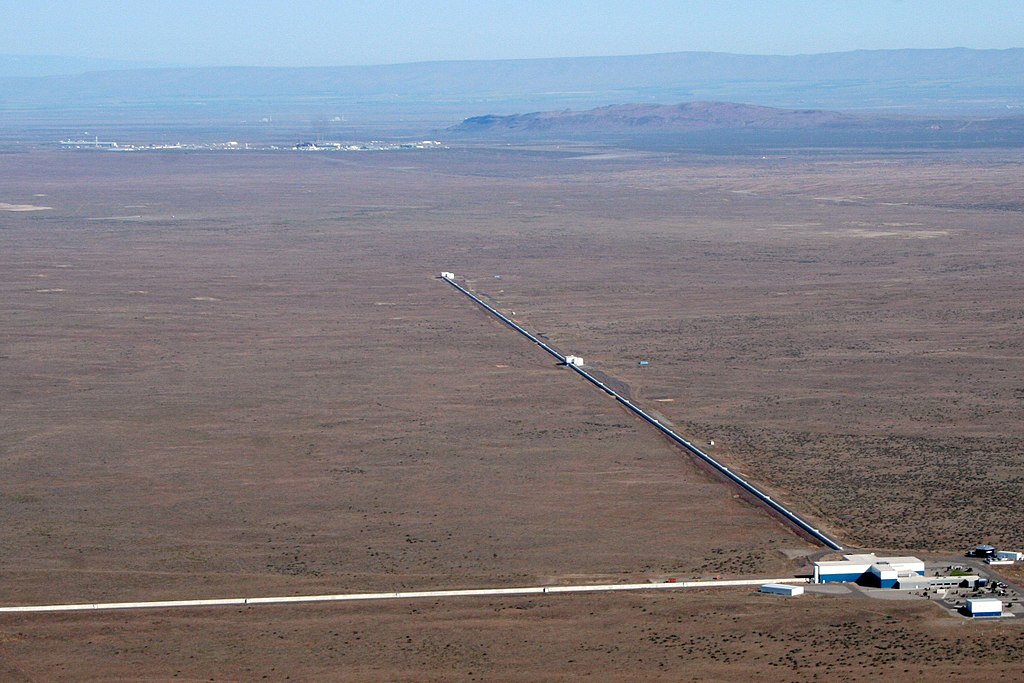We don’t know if life exists elsewhere in the universe, but if large alien spaceships are making their way to Earth at incredible speeds using warp drives, America will be able to see them coming.
The United States is home to two large research facilities, collectively known as the Laser Interferometer Gravitational-Wave Observatory – or LIGO. These facilities are exclusively dedicated to detecting ripples in the fabric of space-time called gravitational waves. While they’re used to detect commonly-theorized phenomena like black holes and neutron stars, they can also be used for another purpose: tracking warp drives.
Don’t let a small detail like “warp drives not existing” derail you from the idea that they could exist – humans just may not know how to build one yet. Many ideas with a basis in science fiction have become a reality. Credit cards, submarines, smart watches, and mobile phones all began in the mind of a writer, not a scientist. Warp drives could prove no different.
If the possibility of creating such a mode of interstellar travel does exist, then it’s likely being used by an advanced alien civilization, one that could have designs on conquering planet Earth. If they come and they don’t come in peace, they will have to deal with American exceptionalism – and now America can be exceptionally ready for it.
Calculations published in Cornell University’s arXiv online database say that the LIGO is now able to look for objects that are more than these common explanations for ripples in space-time. The authors of the calculations say that large alien spacecraft using propulsion technology like warp drives could produce the same vibrations as black holes and neutron stars.

As a ship passes through space-time, the authors say, it creates similar gravitational distortions. The LIGO facilities can detect even these tiny distortions using two identical laser beams. When something creates those gravitational waves, one of the beams will be compressed while the other will expand. The change in size tells the detector that something is passing through Earth – even if the gravitational changes are the size of a proton.
The object passing through would have to be massive – literally massive. Any alien ship warping space and time would need to weigh about the same as the planet Jupiter, move at one-tenth the speed of light, and be within 326,000 light years of Earth, the source of the detector. If a spaceship of that size is on its way to us, it would be a good thing for the Department of Defense to know about it.
While that does sound unreasonably large, researchers are working on fine-tuning the LIGO detectors to be able to detect objects like alien ships that are smaller in size and mass. Scientists were also quick to note that an alien spaceship movie with the use of a warp drive would be immediately and recognizably different than a natural object creating similar distortions.
So what would happen if a large alien ship does begin to make its way toward Earth? No matter what the current state of international geopolitics might be, the United States and the Russian Federation (then the Soviet Union) agreed at the 1985 Lake Geneva Summit that they would put their differences aside and join forces to fight the alien invader, if invasion is their intent. Nothing could be finer than World War II allies coming together for one last mission.


